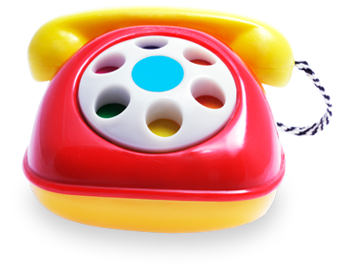About Brachial Plexus Birth Palsy Injury
During a difficult birth, the brachial plexus nerves that run between the neck and shoulder can tear or stretch as the baby comes through the birth canal. Damaged nerves can lead to a loss of feeling and movement from the shoulder to the wrist and fingers. The severity of the injury will determine how much function your child lost. Symptoms can range from minor weakness to complete paralysis.
Fortunately, most brachial plexus injuries are minor and heal on their own over time. Our team of experts will evaluate your child soon after birth to determine the severity of the injury and to make sure your child gets the therapy and support they need.
A Team Approach to Birth-Related Brachial Plexus Injury
Our team approach means that one or more of the following experts may be involved in your child’s care.
Physical and Occupational Therapists
Physical and occupational therapists perform a comprehensive assessment of your baby to determine whether exercise can improve muscle strength and range of motion. It’s critical that therapy start as soon as possible to keep joints supple and to keep muscles fit and healthy. We can refer you to local therapy if you live far from Duke.
Neurologists
Neurologists evaluate the extent of your child’s injury at specific age-related milestones. They work closely with physical and occupational therapists to monitor progress and recommend when surgery should be the next step.
Pediatric Plastic Surgeons and Neurosurgeons
Pediatric plastic surgeons and neurosurgeons assess whether early surgery to remove scar tissue or replace damaged nerves may restore lost sensation and movement in your child’s shoulder and arm.
Orthopaedic Surgeons
Orthopaedic surgeons may recommend surgery to improve the function of the shoulder, elbow, wrist, and hand by way of muscle and tendon-transfer operations. This typically takes place in children who are closer to age two.
Family and Support Services
We understand the emotional impact your baby’s brachial plexus injury can have on your family, so we offer special services to help you through it. You can depend on knowledgeable, compassionate experts at your side.
Child Life
Whether it's explaining a procedure or offering encouragement and emotional support, our Child Life experts are specially trained to help you and your child cope with testing, treatment, and recovery.
Care Coordination and Support
It’s helpful to have a team on your side to assist you in managing your child’s care. Our care coordinators and social workers help you navigate the medical system and coordinate the health services your child needs. They can help you work with insurance providers, connect you with resources, and manage details related to your child’s care. Our nurse coordinators can help you schedule appointments.
Ronald McDonald House Family Room
Need a comfortable place to take a break at the hospital? You can grab a light meal, take a shower, do laundry, or use a computer with internet access. Staffed by volunteers, the family room is here to make your time at the hospital less stressful.
